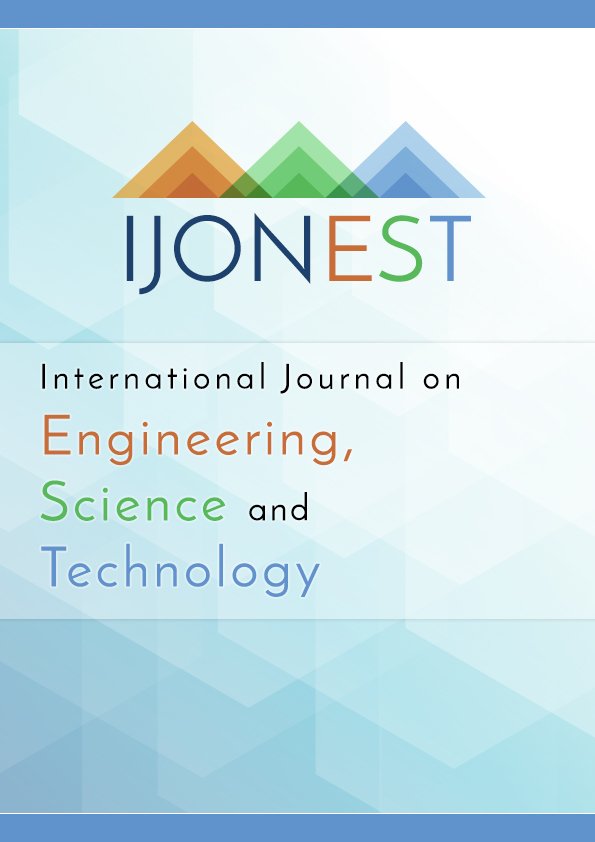Course and Faculty Management System
DOI:
https://doi.org/10.46328/ijonest.163Keywords:
Engineering, University, Education, Management system, Software developmentAbstract
The purpose of the paper is to show how to expand the low code interactive framework in order to develop a web app for the broad needs of different fields. The goal of this work is to give a chance to computer science senior project students to work on a broad spectrum of projects using Apache, HTML, CSS, JavaScript, PHP, and MySQL. In this paper the web app is Course and Faculty Management System allowing educational organizations efficiently organize and manage their courses and faculty. The web application is interactive, responsive, secured, password and database driven app. The website is accessible on all devices. Public users can view the courses the university offers as well as which instructors teach them. Courses can be filtered by term and subject. Users that are logged in and have the correct permissions can edit/add/delete courses, departments, and instructors in the database. Admins can import files containing information about multiple courses as well as export the courses in the database to a csv file. The admin can also edit the other user’s permissions. In conclusion, the project has been successfully designed and implemented according to best practices and finally tested on a web hosting server provider.Downloads
Published
Issue
Section
License
Articles may be used for research, teaching, and private study purposes. Authors alone are responsible for the contents of their articles. The journal owns the copyright of the articles. The publisher shall not be liable for any loss, actions, claims, proceedings, demand, or costs or damages whatsoever or howsoever caused arising directly or indirectly in connection with or arising out of the use of the research material.
The author(s) of a manuscript agree that if the manuscript is accepted for publication in the International Journal on Engineering, Science and Technology (IJonEST), the published article will be copyrighted using a Creative Commons “Attribution 4.0 International” license. This license allows others to freely copy, distribute, and display the copyrighted work, and derivative works based upon it, under certain specified conditions.
Authors are responsible for obtaining written permission to include any images or artwork for which they do not hold copyright in their articles, or to adapt any such images or artwork for inclusion in their articles. The copyright holder must be made explicitly aware that the image(s) or artwork will be made freely available online as part of the article under a Creative Commons “Attribution 4.0 International” license.

This work is licensed under a Creative Commons Attribution-NonCommercial-ShareAlike 4.0 International License.





